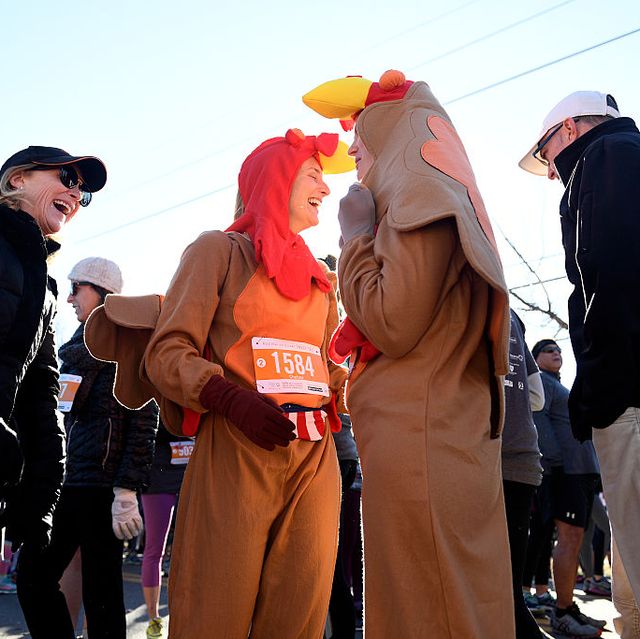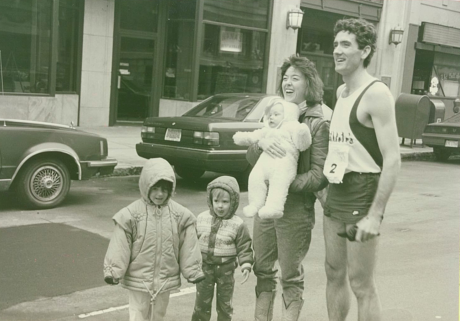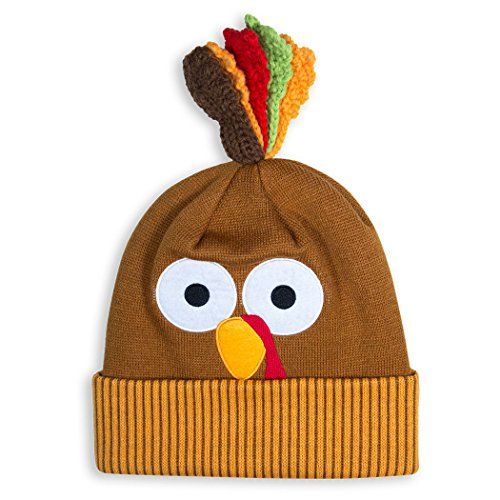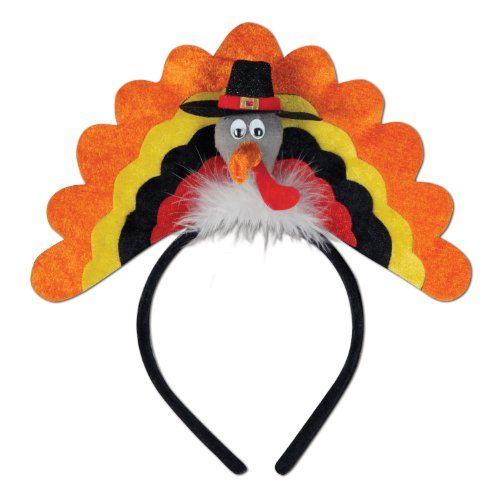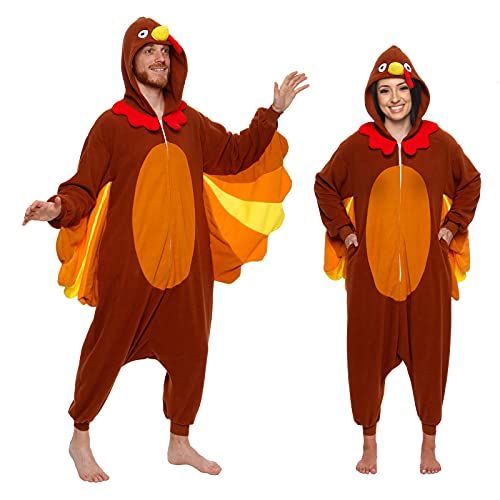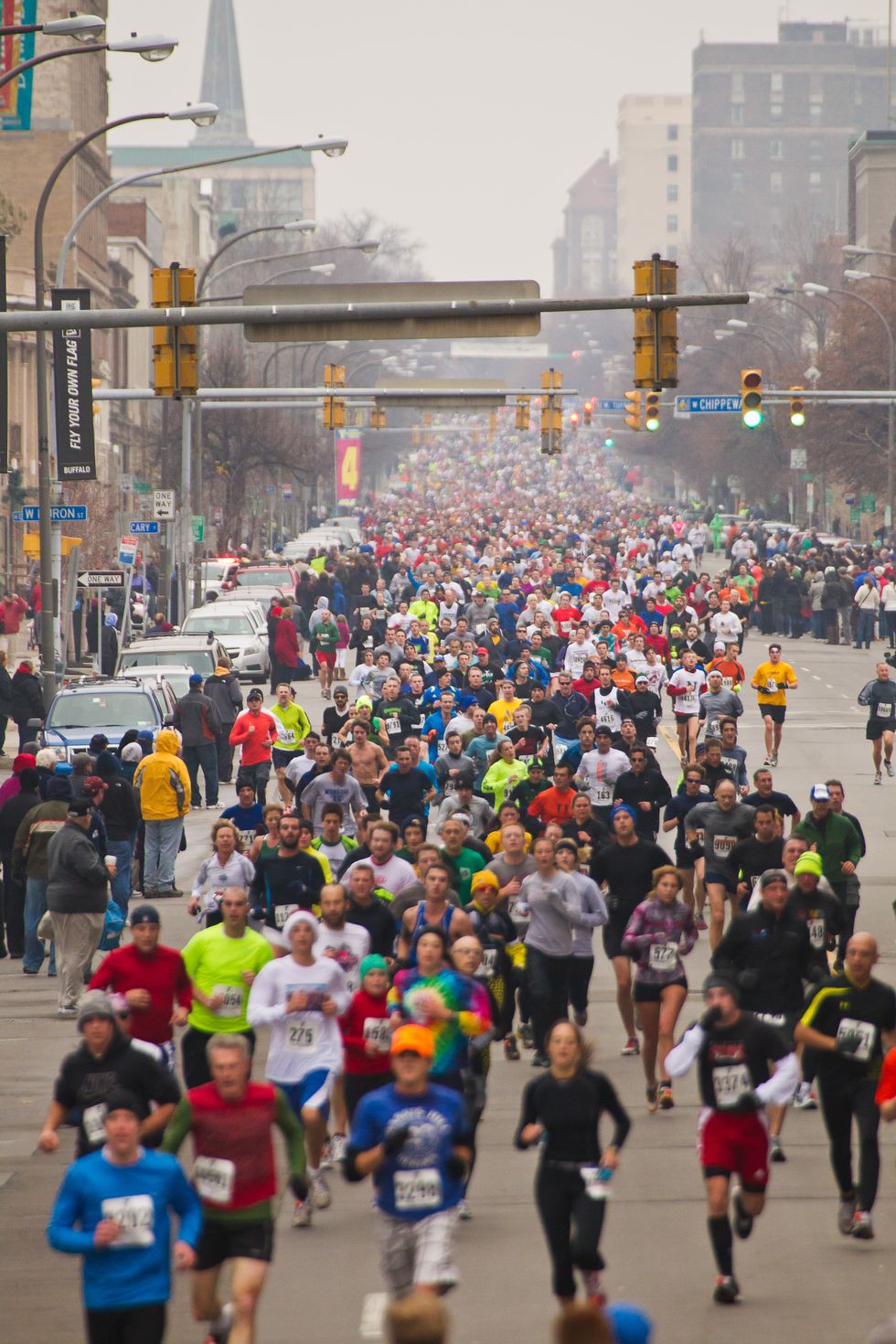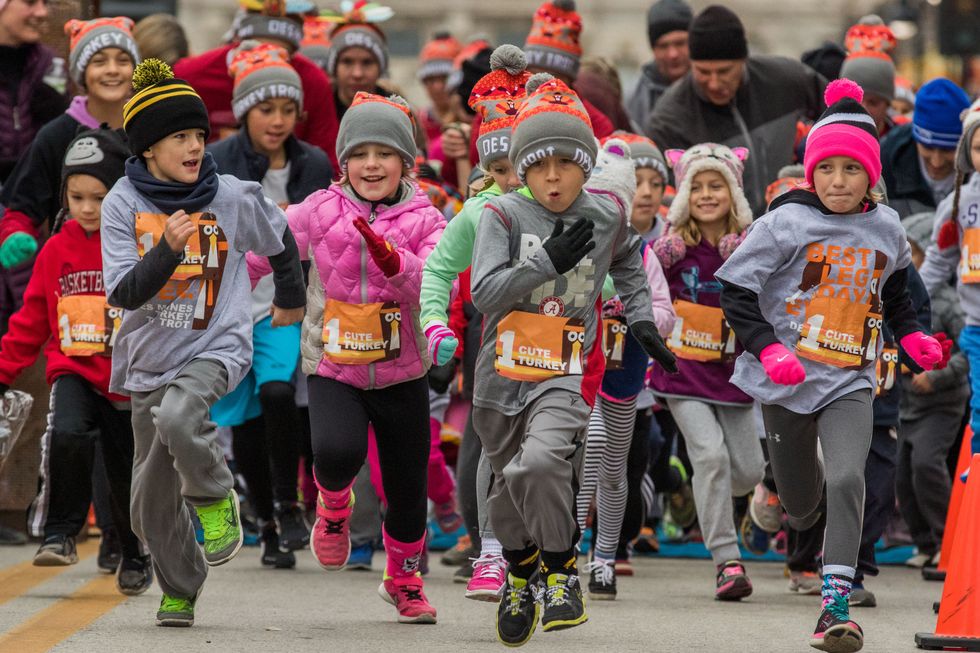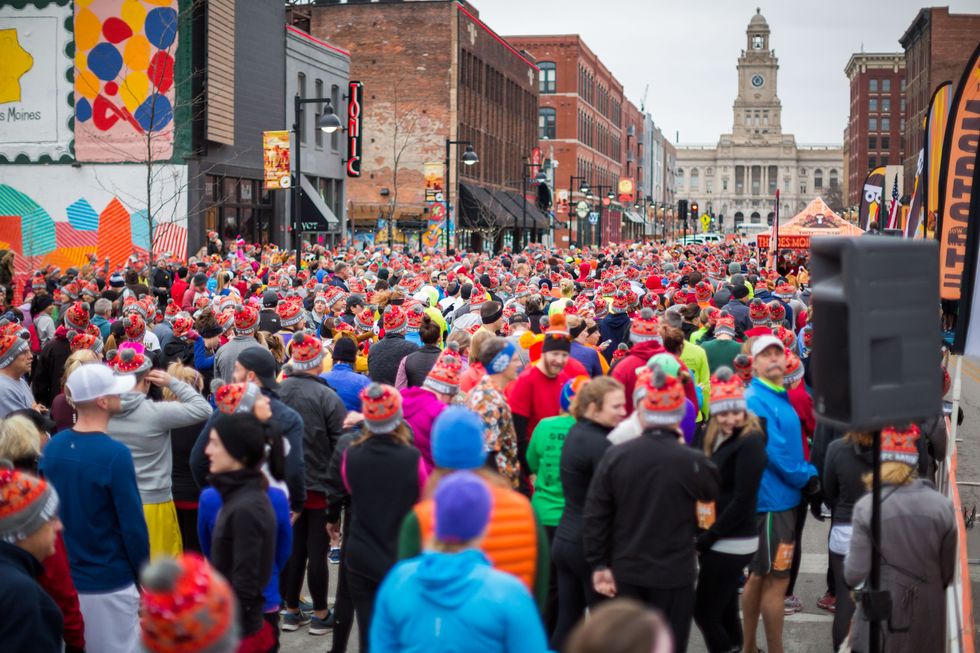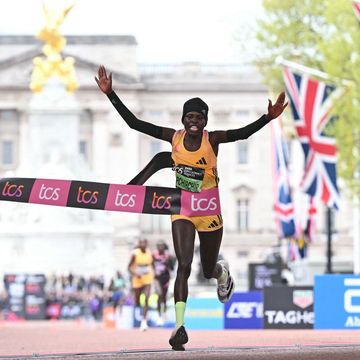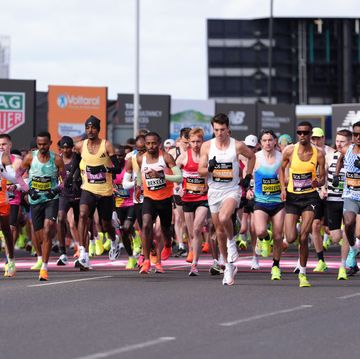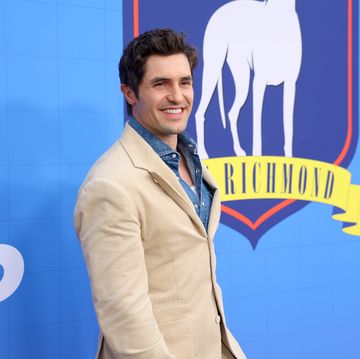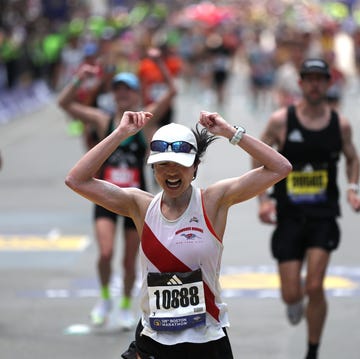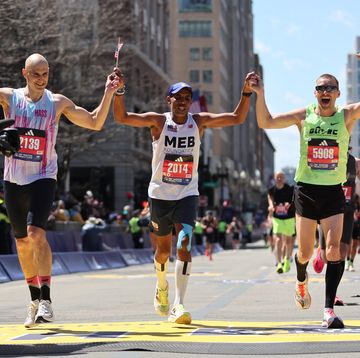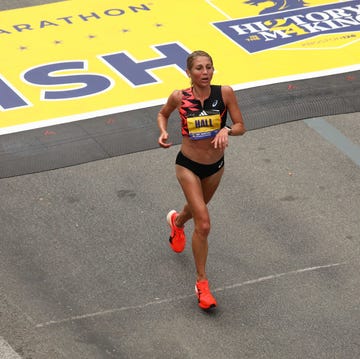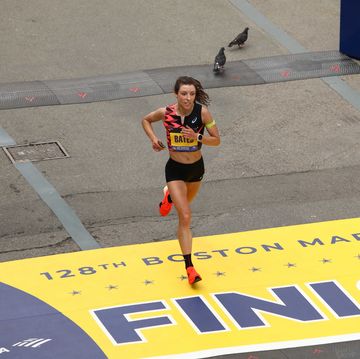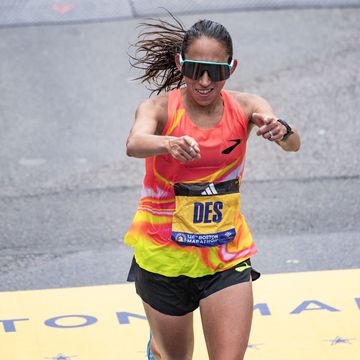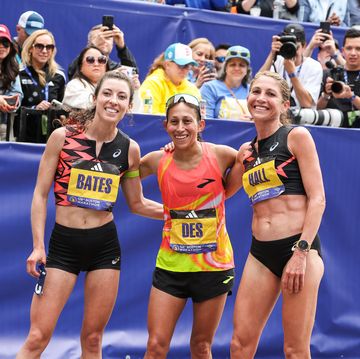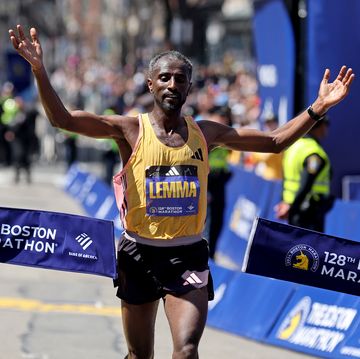Is there any better way to kick off Thanksgiving morning than by sweating it out at the local Turkey Trot? While we don’t believe you need to “earn your meal,” or “run off your pie,” we do believe in balance, and turkey trots are the calorie-burning yin to Thanksgiving dinner’s caloric yang. Perhaps that’s why in 2015, Thanksgiving eclipsed the Fourth of July as the most popular day to run a race.
But did you know that this growing modern phenomenon’s roots were set way back in 1896?
The inaugural trot took place 127 years ago in Buffalo, New York. The local YMCA hosted an 8K cross-country race that Thanksgiving Day, drawing just six participants—and only four of them made it to the finish line. One runner excused himself after two miles; another dropped out when his “late breakfast refused to keep in its proper place.” The winner, Henry A. Allison, crossed the line in 31 minutes and 12 seconds, averaging a six-minute-per-mile pace.
→[Smash your goals with a Runner’s World Training Plan, designed for any speed and any distance.]
Despite its humble beginnings, the race was held again the next year, and the year after that, and the year after that. In fact, it’s been held every single year since—even during the coronavirus pandemic, where they kept the in-person field to a meager 125 randomly-selected runners, one per year of the race’s existence. This makes it the oldest continuous footrace in North America.
Yes, you read that right. The Turkey Trot is older than San Francisco’s Bay to Breakers, which began in 1912, and even the Boston Marathon, which didn't kick off until 1897.
But just how did a single quaint tradition transform into a nationwide spectacular?
As the Buffalo race picked up steam in the early 1900s, the concept spread. Trots began popping up along the East Coast. Eventually, the concept reached cities across the country, including New Orleans (1907), Berwick, Pennsylvania (1908), Cincinnati, Ohio (1909) and Troy, New York (1916).
As the years passed and running grew more popular, so did the tradition of the trot. The iconic Manchester Road Race, one of New England’s oldest and most storied road races, began on Thanksgiving Day in 1927 with just a dozen runners. The Dallas YMCA Turkey Trot, now one of the largest races in the country with more than 20,000 finishers in recent years, kicked off in 1967 with just 107 runners.
Decades passed and people kept trotting. In 1972, women joined the ranks of the Buffalo Turkey Trot—and the Boston Marathon—for the first time. Soon, many more women picked up the sport of running—and the tradition of trotting. Over time, the race garnered the fun, family-friendly vibe that it’s known for today.
Geoffrey Falkner, communications director for the historic Buffalo Turkey Trot, estimates that costumes became a race tradition in the early 1980s with runners dressing up as Canadian hockey players. Others soon followed suit, donning turkey, pilgrim, and other autumnal-themed ensembles. These days, costumes are (nearly) as endemic to turkey trots as the postrace turkey itself.
As for the course of the historic Buffalo race, it’s changed many times over the years as the number of racers has swelled. Yet two constants remain: the distance—5 miles—and the fact that it’s held on Thanksgiving day every single year—come rain, sleet, or snow.
Perhaps the biggest threat to the race’s longevity—besides COVID-19 in 2020—was a monster blizzard in 2000, which dumped 25 inches of snow in 24 hours just three days before Thanksgiving. Buffalo’s then mayor Anthony Masiello called for the streets to be cleared—and they were, just in time for 3,500 runners to take to the starting line.
“It’s basically one big family and friend reunion,” said Falkner when asked to explain the race’s longevity. “And it’s also a way for people to do something healthy for themselves and give back to the community.” Since its origins, the race has been a fundraiser for the local YMCA.
The course itself, a point-to-point journey, charts through the historic downtown area, passing centuries-old homes on Delaware Avenue. Thousands of spectators line the entire way, cheering trotters as they run under the railroad trestles, alongside the Forest Lawn Cemetery, and finish in front of the convention center.
The number of participants in the Buffalo race surpassed 10,000 in 2008, and in recent years, reached 14,000, which is where it’s now capped, making it the fourth largest Turkey Trot in the country. Within that field are runners from across the U.S.—and around the world. Falkner said the race has drawn participants from Ireland, the U.K., and even as far away as Australia, demonstrating the race’s appeal beyond just turkey-loving Americans.
“It’s a crazy day between the costumes and the running and the shenanigans,” said Falkner, adding that family traditions of trotting also help keep the race alive. The race has a long history of streakers, like Gus Gressel, who ran (and won) his first trot in 1907, and continued competing well into his 70s, missing just one race in approximately 50 years for an injured foot.
“It’s an amazing tradition, and we are honored to keep it going,” Falkner said.
In recent years, Turkey Trot participation across the country has continued to boom. According to Running USA, more than 961,882 people finished a trot in 2016, up from 684,334 in 2011, marking a more than 30 percent increase in five years.
And while each iteration introduces its own unique elements, common themes emerge: a fun, family-friendly race, an oftentimes charitable component, and almost always a focus more on the ritual of the trot and the togetherness it inspires rather than a hardcore, competitive spirit.
This special trifecta is what makes the race so popular, say those in the trot industry.
David Benjes, race director of the Louisville Turkey Trot in Louisville, Colorado, explains it this way: “Turkey trots are sort of symbolic of Thanksgiving,” he said. “You get together with close friends and family and have a feel-good moment. Running a race provides that feel good moment for people in a unique way.”
There’s also the fact that trotting provides a feel-good, active start to a day otherwise spent lounging around, socializing, or cheering on your favorite team.
“It’s nice to go and do something physical before you sit down and watch football for the next few days,” said Laura Smidt, assistant race director for the Des Moines Turkey Trot, which started in 2014 and will draw a crowd of about 4,000 each year.
Lastly, there’s the fact that the trot is more about having a fun time rather than achieving a certain time. “It’s not intimidating,” said Smidt. “It’s not one of those races that you have to train for.” Those original trotters in 1896 may disagree—after all, some of them never made it to the finish line—but then again, crossing the finish line isn’t really the purpose of the trot. It’s more about the community-wide connectedness experienced along the way... and the post-race gobbling of course.

Jenny is a Boulder, Colorado-based health and fitness journalist. She’s been freelancing for Runner’s World since 2015 and especially loves to write human interest profiles, in-depth service pieces and stories that explore the intersection of exercise and mental health. Her work has also been published by SELF, Men’s Journal, and Condé Nast Traveler, among other outlets. When she’s not running or writing, Jenny enjoys coaching youth swimming, rereading Harry Potter, and buying too many houseplants.
